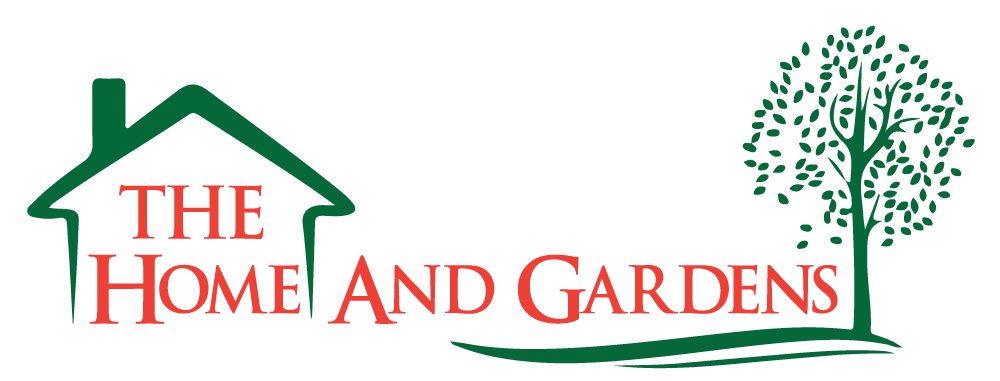How to Compost
There are many different ways that you can help the environment and one of them can be done right in your back garden! Composting comes with a range of different misconceptions and people often think that it is too complicated or that it takes up too much of your time when it is actually the opposite. Once you get to grips with the process of composting, it is actually quite simple. Here is how…
Types
Before you begin the composting process it is important that you understand the two different types; cold composting and hot composting. The first variety, cold composting, involves collecting all of your organic food waste and placing it into a special bin and allowing it to decompose over the course of a year whilst hot composting is a task for the more experienced gardener and allows you to compost over 3 months during the warm time of year. For this process however you will need nitrogen, carbon, air and water.
What
Compositing is a great way to avoid throwing away loads of food waste. By getting a container that is purely for composting and keeping it either indoors or outdoors, you can start almost instantly. There are a range of things that you can compost including fruit and vegetable scraps like orange and potato peel, coffee grounds, egg shells, dry leaves, shredded newspapers and even straw. With this said, there are some thing that you cannot compost as they will attract pests and create a smell such as sawdust from pressure treated wood, weeds that seed, dairy and food that contains meat, oil, fat and grease.
The Process
- If you are going to make a hot compost pile then you will need to accumulate a pile that is at least 3 foot deep and mix together your wet and green and brown and dry items.
- After this, you should sprinkle water over the pile on a regular basis so that it is always damp and use a thermometer to ensure the items are actually decomposing. If the pile becomes waterlogged, the pile will rot instead.
- Oxygen is important for your compost pile so you should turn it with a garden fork once a week. The best time to do it is when the pile is warm or the thermometer tells you that it is falling between 50 and 65 degrees Celsius. This turning process helps prevent the pile from creating a terrible odour.
- Once your compost stops giving off heat and turns into a brown, dry and crumbly texture it has completed the process and you can use it to feed the garden. Simply add 4-6 inches of the compost to the flower beds at the start of the planting season and your garden will be incredibly healthy and happy.
Here at The Home and Garden we believe that it is our mission to help homeowners around the world change their habits and lifestyle for the better. After all, the way we all currently live is not sustainable for the future or environmentally friendly. If you have any tips and ticks about composting to share, get in contact with a member of The Home and Gardens Team today!
